Spain’s Apparel Industry
Spain has been known for its well-developed and robust Fashion Industry, playing a prominent role in the average Spanish consumers’ lifestyle, largely attributed to the confluence of cultural, geographical and economical factors. As of 2024, Spain is projected to experience slow but maintained growth in the fashion sector, even though Europe has largely been subject to price volatility and sensitivity attributed to factors such as the pandemic and economic inflation. Consequently, it may be that Spain’s consumer culture has become more price sensitive in recent years as disposable incomes have fluctuated. Therefore, major fashion giants like Inditex, Mango and Tendam have continued to play a significant role in being many consumer’s go-to option, maintaining a constant and dominant presence in the Spanish market, while also streamlining their headquarters and logistics operations here. At the same time, it is imperative to acknowledge that in recent years Spain has pivoted toward heightened sustainable fashion and lifestyle choices.
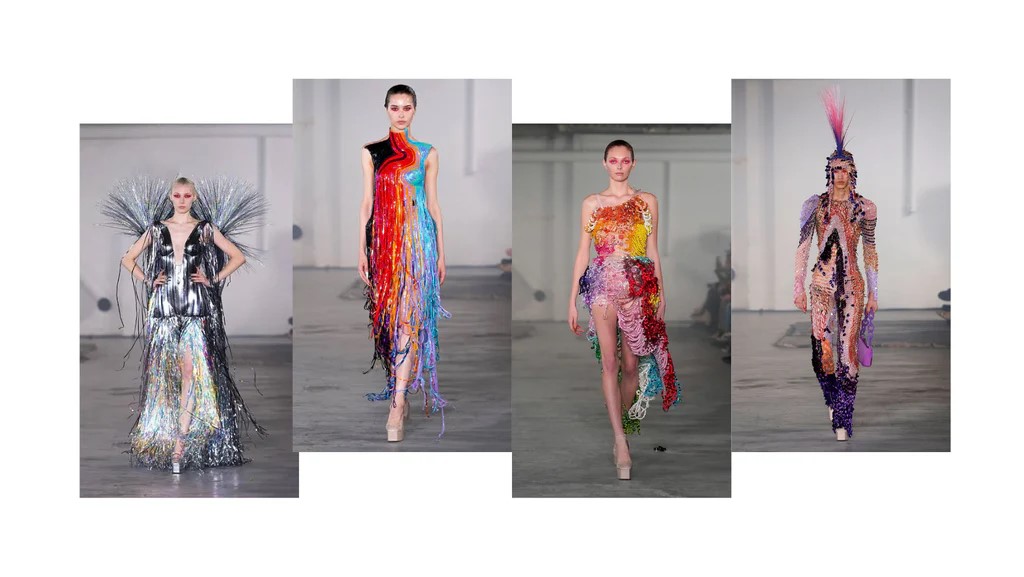
Although it is still an underdeveloped and niche market segment, the emerging conscious-clothing consumer trend can be attributed to increased levels of education, media coverage and knowledge. This is amplified through a plethora of responsible Spanish textile manufacturers and brands whose focus lays on sustainable production. Examples include:
- Companies like Ecoalf or MUDJeans
- Organisations like Textil Santanderina, Moda Sostenible Barcelona or BCome.
- Events such as Sustainable Fashion Week, first launched in Madrid in 2020, and is an annual event occuring in Barcelona this March.
Barcelona as a Sustainable Fashion Hub
Generally, there has been a rise in local eco-friendly and ethical brands and designers, especially in cosmopolitan and urbanised hubs such as Madrid and Barcelona. In cities like these, fashion plays a central role in consumer identity, enabling creative expression and the sharing of similar values or consumption habits. As EADA Business School is situated in the heart of Barcelona, many students have heard of, or seen the range of sustainable clothes sold in boutiques from local manufacturers, thrift markets, pop-up events or second-hand stores. Research shows that there are differing consumer profiles in Spain which dictate their purchasing choices and perceived responsibility. Here, one could say that a ‘sustainable fashion enthusiast’ mainly sets themself apart from the ‘average apparel consumer’ who may be unaware of, or exhibit low levels of sustainable fashion awareness, through the pricing dimension. Those which are more inclined to make sustainable purchasing choices may be willing to spend more as they value material composition and manufacturing processes. Secondly, brand trust and transparency cross-cuts both consumer profiles, as a well-informed user may exhibit higher levels of willingness to pay more.
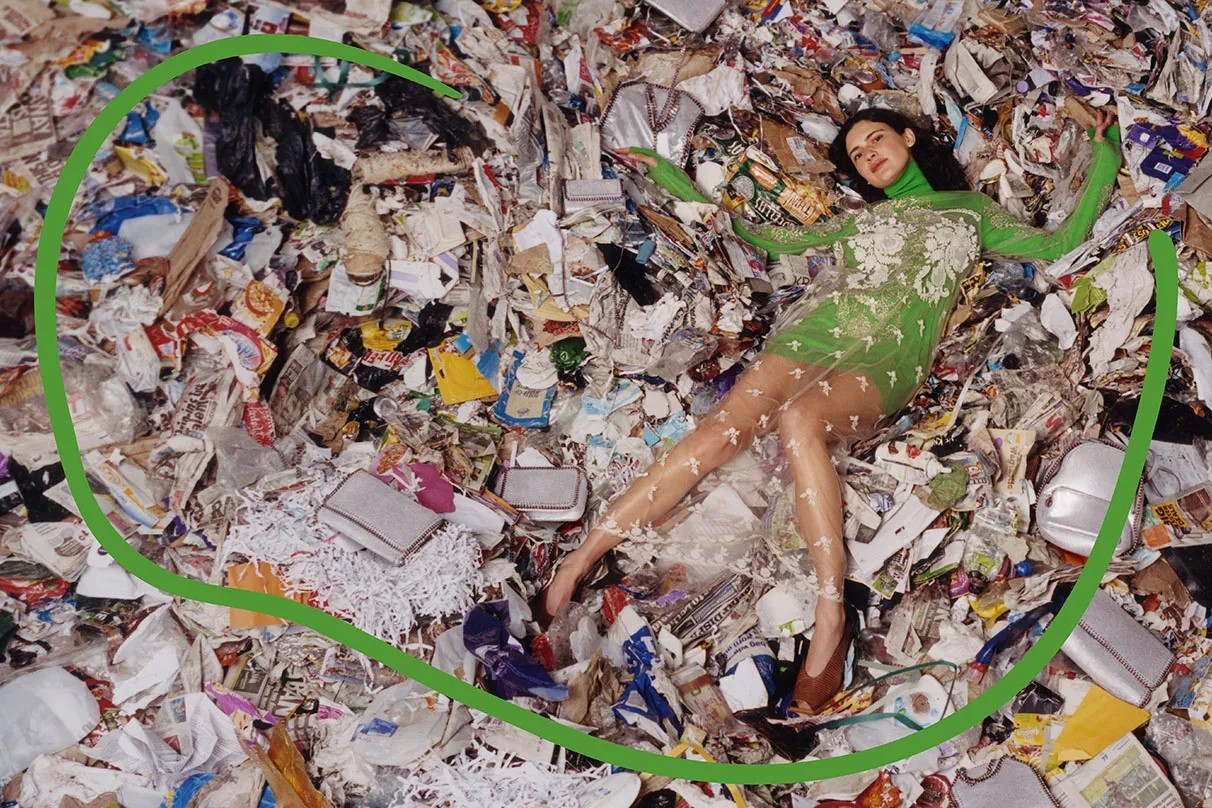
Consumer and Producer Relationship
In the context of the European Green Deal and Circular Economy principle, it is advised that the fashion industry pivot toward a closed loop system by prioritising strategies encouraging princesses such as the repurchasing, repurposing or upcycling of used garments and textiles. It should be noted that in the context of this article, the focus does not solely lie on recognizing the increased efforts of sustainable and slow fashion brands. In fact, laying forth the responsibility of, while empowering the consumer, is equally crucial as the end-user’s responsibility must be leveraged.
Recently, the European Union's Waste Framework Directive has been laying out new tailored regulations specifically addressing the Textile Industry. Spain’s law on waste and circular economy has been revised, and as of January 1st 2025, separate textile collection systems have been implemented, banning the disposal of unsold textiles, and setting ambitious targets of 65% waste reuse and recycling by 2035. This presents itself as an opportunity for the consumer and producer to symbiotically collaborate on efforts to maximize a product’s lifecycle, minimizing textile waste.
Consumers Relationship to Sustainable Fashion
Delving into the consumer profile within sustainable fashion purchasing behavior, the variable of price sensitivity should be revised, as there may be a misconception that second-hand clothing is expensive. Furthermore, the dimensions of time and lack of knowledge are also a caveat when it comes to second-hand purchasing and thrifting, as there seems to be a lack of cross-sectoral communication bridging the gap between the consumer and the garment provider. Awareness must be substantially enhanced to facilitate the transition from passive consumers to actively engaged and critical citizens. Many of us have surely heard of online providers like Depop, Sellpy, Vinted or Wallapop, catering to users who are open to buying second-hand while ensuring an intuitive and fast purchasing experience. Still, the visibility levels of in-person second-hand shopping remains low.
Which is why I decided to provide an open-source tailored Sustainable Apparel Barcelona Guide at the end of this article for those in Barcelona, who would like to explore the range of second-hand choices. Included are also local sustainable fashion brands.
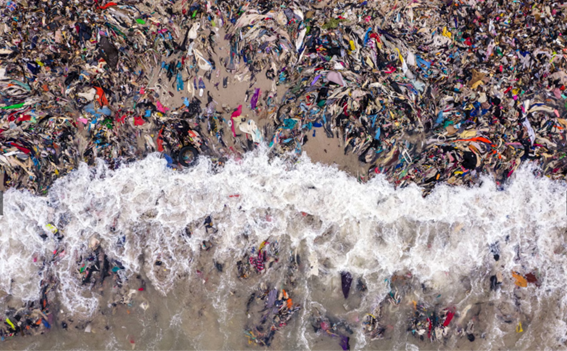
Supply Chain Traceability: Suppliers
Ultimately, moving toward a sustainable fashion industry implies rethinking and redesigning the current linear production model toward a more circular one. Currently, less than 1% of textiles produced for clothing are recycled into new garments. Even more alarmingly, only an approximate 10% of textile waste is processed and transformed into new products with a different purpose than their original one. This highlights the complexity of textile recycling, and therefore also the urgency of pushing for supply chain transparency to trace all activities within the logistics realm. Additionally, the interconnected web of stakeholders who are actively involved in the textile supply chain makes it even harder to conduct comprehensive environmental impact assessments on factors like CO2 emissions. Here, scope 3 emissions are the hardest to trace and the ones accounting for the largest chunk of indirect CO2 emissions, as they reflect supplier activities.
Dr. Hakan Karaosman, Senior Lecturer and Associate Professor at Cardiff University, extensively researches the topic of fashion supply chains, advocating for a just transition in fashion operations by empowering supply chain stakeholders. In a discourse with Dr. Karaosman, it became clear that in the fashion industry everything essentially boils down to becoming a supply chain issue, as the vast majority of fashion brands outsource parts of their production.
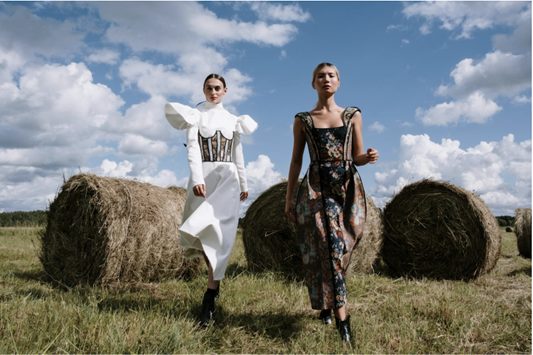
Resultantly, responsibility is quickly shifted toward suppliers, when in reality brands should attempt to support their suppliers. Here, collaborating with and providing suppliers with the financial resources to adopt innovative technologies to sustainably streamline supply chain activity is pivotal. Not only does this empower lower-tier suppliers, but creates room for balanced dynamics in which all stakeholders could equally benefit from the operations. Resultantly, responsibility is quickly shifted toward suppliers, when in reality brands should attempt to support their suppliers. Here, collaborating with and providing suppliers with the financial resources to adopt innovative technologies to sustainably streamline supply chain activity is pivotal. Not only does this empower lower-tier suppliers, but creates room for balanced dynamics in which all stakeholders could equally benefit from the operations.
In an interview with Daragh Coley, Professor of the Global Compass course at EADA as well as Account Manager at BCome Barcelona, I was able to learn about how their digital supply chain tracker works which businesses can use in order to enhance their supply chain traceability. When asking Daragh what he sees as the largest bottlenecks to supply chain traceability for fashion brands, specifically in the context of managing Scope 3 emissions, he listed five:
- Communication challenge: many European brands rely on suppliers in Bangladesh, India, or China - making distance a barrier.
- Supplier resistance: many are under immense time and performance pressure and often lack the resources to fill out forms.
- Complex supply chains: entail substantial outsourcing, often extending beyond the brand’s scope, making complete supplier visibility tough.
- Scouting qualified sustainability managers: many sustainability roles are filled by individuals lacking the technical knowledge.
- Lack of incentive: many brands are reluctant to uncover details of their supply chain activity.
Consumer Responsibility
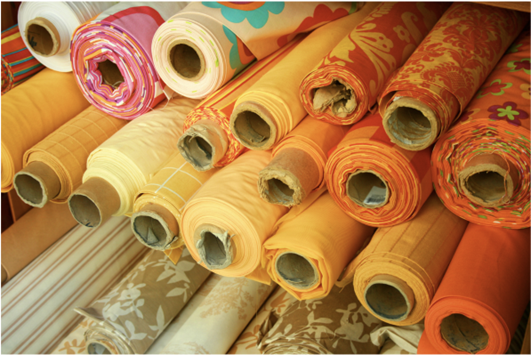
Aside from producers and vendors, I was also interested in the dimension of the consumer and their role in the end-of-life of a product. When asking Daragh if he sees a rise in the amount of brands who are incorporating user responsibility into their business model to maximise clothes's life cycle, he has a mixed outlook. It is expected that heightened user responsibility will become a lot more popular, and Daragh is hopeful that we will witness a stark rise in takeback and repair programs.
However, he suggests that the majority of brands will not want to do this, and that the few that do offer this do not fully commit. According to Daragh, the reality is that circularity in the fashion industry is at a record low, and our unprecedented economic growth and resource depletion drastically outweighs the circular and slowed growth aspects which are necessary.
Digital Product Passport (DPP)
Both Dr. Karaosman and Daragh commented on the benefits of the Digital Product Passport which the EU Commission has begun to implement within its Circular Economy Action Plan, although its application must be looked at through a critical lens to avoid exploitative motives. Although the DPP data exchange maturity is still low due to technical and data privacy related challenges, it holds great potential in connecting businesses and consumers, therefore improving traceability on all fronts. The DPP is essentially a tool to collect, store, and share product-related data across its lifecycle. The goal is to facilitate textile industry data on variables like environmental compliance, maintenance, origin and product usage, implemented by 2030 in order to push for equity, visibility and thoroughly managed textile production.
Fashion Future

Ultimately, it is paramount for consumers like you and I to rethink and redesign the meaning we assign to a garment's value. This means questioning our consumption behaviour and patterns through open dialogue with colleagues, friends and family, in order to exchange ideas and impact the people in our social circles. Pushing for the deceleration of consumption, advocating for regulated growth and urging for the redistribution of resources, are system shifts which would give rise to a more circular and sustainable fashion world.
Find the Barcelona Sustainable Apparel Guide here.
Author: Joelle Klein - MSc in Sustainable Business & Innovation / EADA's Sustainability Club Representative

About Joelle:
Joelle Klein is a German student with an international background, having grown up in seven European countries and speaking four languages. This led her to studying International Relations and Politics with a minor in Negotiations at the Erasmus University College in Rotterdam, where she delved deeper into her interests for the textile and apparel industry -
specifically the circularity and sustainability dimension. Joelle worked for the German Federal Association in Berlin for half a year, where she harnessed her project management, R&A and stakeholder engagement skills, actively liaising and promoting project proposals on the European Union and World Circular Economic Forum level.
At EADA, Joelle is currently completing her MSc in Sustainable Business & Innovation, to which she is also a Sustainability Club Representative, and is actively shaping the role sustainability plays in the EADA and Barcelona community - specifically on the apparel and textile industry dimension.
